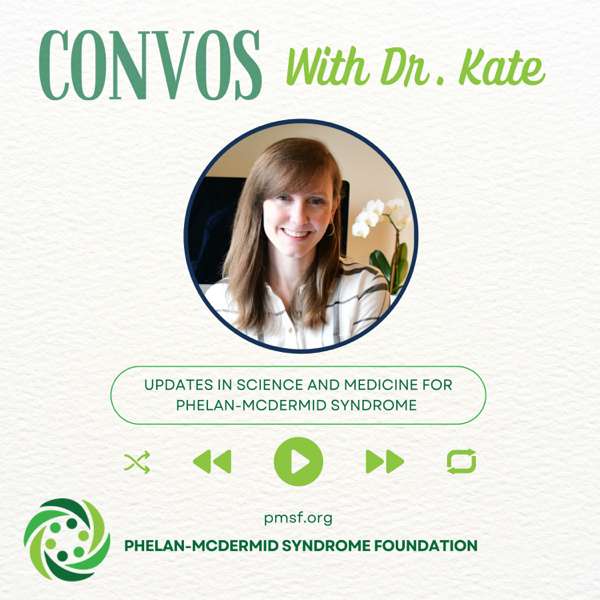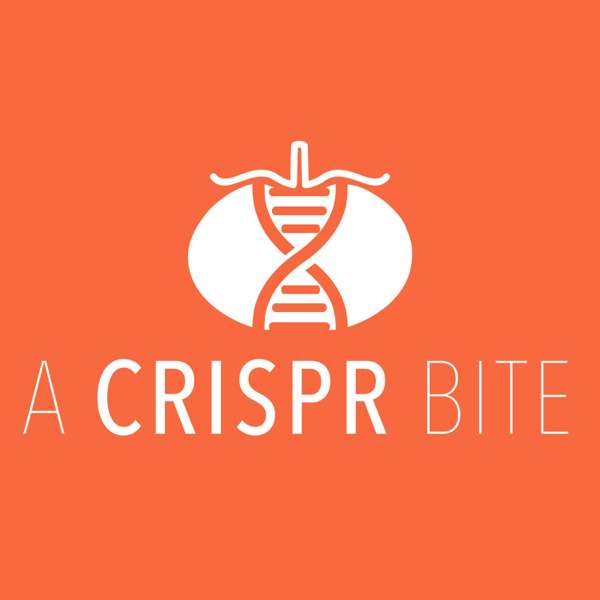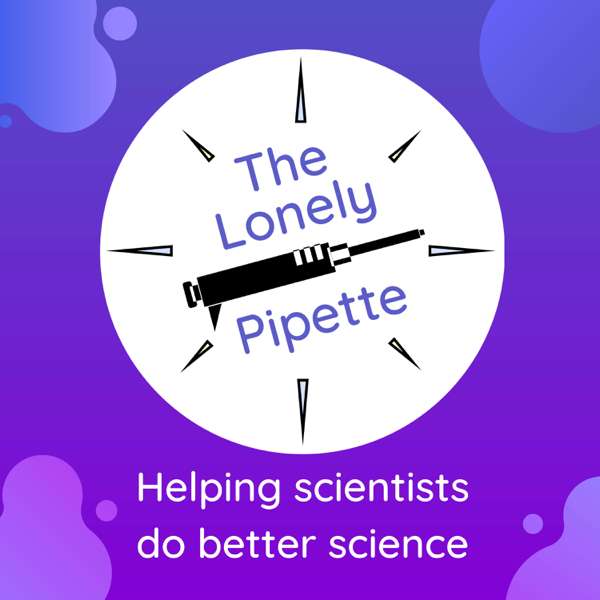The Dog Aging Project is an innovative initiative that brings together a community of dogs, owners, veterinarians, researchers, and volunteers to carry out the most ambitious canine health study in the world. The goal of the Dog Aging Project is to understand how genes, lifestyle, and environment influence aging, and to use that information to help pets and people increase their healthspan, the period of life spent free from disease.
Co-directors Dr. Daniel Promislow and Dr. Matt Kaeberlein join the show to discuss the origins of the Dog Aging Project, the overall goals for their initiative, and why dogs are a particularly good model for human aging. They talk about their funding through the National Institutes of Health, the extensive scale of the Dog Aging Project, and its “Community Scientist” component, with canine participants still living at home with their owners. Professors Promislow and Kaeberlein explain their use of molecular biology measures to predict health outcomes for dogs, their commitment to making their data available to the scientific community as a whole, and the difference between how small dogs versus large dogs age, as well as what diseases or conditions different breeds age and die from.
Today’s fascinating conversation also touches on the impact of living in a rural versus urban areas on aging, how veterinarians feel about participating in the Dog Aging Project, the test of rapamycin in aging dogs (TRIAD), and the intrinsic value of being able to increase the lifespan and healthspan of our pets. Professors Promislow and Kaeberlein share what drew them to the field of aging, and review the importance of putting safety first in their work with dogs. Finally, you’ll hear their exciting predictions for what we can expect to see in aging research over the coming decades.
For more information on the Dog Aging Project, visit DogAgingProject.org. Thank you for listening.
Episode Highlights:
- Professors Daniel Promislow and Matt Kaeberlein are co-directors of the Dog Aging Project at the University of Washington in Seattle
- Dog Aging Project started in 2007 to investigate whether IGF-1 was associated with aging for dogs
- Chief Veterinary Officer is Kate E. Creevy
- Overall goals are to understand how genes, environment, and lifestyle shape healthy aging in dogs and the mechanisms by which they do so, and to determine whether we can intervene and improve healthy aging in dogs
- Dogs are a very good model for human aging due to their similar environment (water quality, air quality, home setting)
- Dogs age seven to 10 times more rapidly than humans do, which means we have better success carrying out longitudinal studies with them
- They also get the same types of diseases that we do
- The Dog Aging Project is funded through the National Institutes of Health, and in particular, the National Institute on Aging
- The scale of this project is notable, as well as the fact that the dogs are not in laboratories, but are living at home with their owners
- It’s a “Citizen Scientist” or “Community Science Project” effort
- They now have upwards of 32,000 owners and dogs participating, and are still enrolling at DogAgingProject.org
- They collect information about the dogs’ health, disease, activity, diet every year, over the course of their entire lives
- These molecular biology measures will allow them to predict what might happen in the future for dogs, and to improve diagnosis and prognosis
- The samples are also stored in a biobank at Cornell, with the hopes that can be useful in studying overall aging as time goes on and new technologies become available
- The Dog Aging Project has always been an open science project, with data being made available to the scientific community on an annual basis
- The rate of aging for dogs varies depending on size and breed
- Biological aging is faster in dogs than in humans, but the relationship is not necessarily linear
- What different breeds die of is very different
- Large dogs frequently die of Osteosarcoma, which is rare in smaller breeds and humans
- Certain organs may age faster than others
- The Dog Aging Project is able to control for different breeds using their genetic data
- Dogs who live in rural areas spend more time outside and engage in more physical activity - soon we will be able to tell how this affects the aging process
- Veterinarians are very enthusiastic about participating in this study
- Test of rapamycin in aging dogs (TRIAD) clinical study looks at whether or not the drug Rapamycin can slow aging and increase healthy lifespan in dogs
- Translating this to humans and bridging this to human trial
- If they find success in increasing the healthspan of people’s pets, this could really change the way the field is perceived by the general public
- Challenges of collecting and curating massive amounts of data
- Dogs who were administered rapamycin became more active afterward
- How Professors Promislow and Kaeberlein became interested in the field of aging
- Dogs are becoming increasingly important models for understanding human health
- Safety is always first priority for the animals
- Professors Promislow and Kaeberlein share their predictions for aging breakthroughs and challenges in the coming years
- We will see advances in biomarkers or “precision geroscience” in the next decade
- It’s important to have realistic expectations and use consistent language when discussing aging - to use the term “curing aging” or “defeating aging” is misleading
Quotes:
“Dogs experience pretty much every aspect of the human environment.”
“Dogs have the advantage, from the perspective of trying to understand aging, that they age about seven to 10 times more rapidly than people do. So that means that we can actually carry out longitudinal studies to understand the most important genetic and environmental risk factors in a few years, whereas in people it would take a few decades.”
“A lot of what we know about human health and disease, we’ve learned from really simple organisms, like yeast, and nematode worms, and fruit flies.”
“There is no upper limit. We hope to continue this project for many generations of dogs.”
“The first, most important level is just to collect the information about health, disease, activity, diet from all the dogs. That's done through surveys, and all participants will be asked to contribute survey updates every year, so we follow the dogs throughout the course of their lives.”
“Our scientists will also analyze what we call the Systems Biology Components - the epigenome, the microbiome, the metabolome. We're also looking at a panel of inflammatory markers, measuring frailty. So these are the sorts of things that we will track throughout the course of the life of these dogs. The hope is that these molecular biology measures that we collect will allow us to predict what might happen in the future for dogs and to improve diagnosis, and prognosis as well.”
“Our expectation is that the samples that are collected and stored in the biobank will be useful to the field for exploring those other types of molecular markers that may be particularly predictive for overall aging, or certain age-related disease processes.”
“The Dog Aging Project, from its inception, has been envisioned as an open science project. And so all of the data that we collect is being made available on an annual basis to the scientific community.”
“The other thing about dogs is that a decade from now, when new technologies may be available, that's about the equivalent of 70 years of biological aging in people. So it's almost as if any human longitudinal study you had biobank samples for seven decades, we can get that sort of biological age resolution in a single decade of dogs.”
“A Great Dane would be considered geriatric at seven years, whereas a Chihuahua might be considered geriatric at 12 or 14, and could very well live 18 or 19 years.”
“The Dog Aging Project will eventually be able to tell us what the relationship is between the epigenetic age clock and actual aging of pathophysiological processes.”
“There's just a lot to learn about how quickly different breeds age and what they age and die from.”
“We shipped a kit to an owner to take to their veterinarian. And these kits are filled with, as I mentioned earlier, blood samples, hair, fecal samples, urine, and then they need to be delivered via FedEx, to our diagnostic lab. This was a rural veterinarian, and there wasn't a FedEx Office or drop-off point in that community. So the veterinarian, not the owner, but the veterinarian after work, drove 40 minutes to the next town over where there was a FedEx drop-off, so that they could deliver the kit. That's the kind of enthusiasm that we see from participating veterinarians.”
“TRIAD is the Test of Rapamycin in Aging Dogs. That’s the only clinical trial the Dog Aging Project is carrying out right now. And the goal of that trial is really to test whether or not the drug Rapamycin can slow aging and increase healthy lifespan in dogs.”
“Everybody on the Dog Aging Project team agrees that this isn't only about what we'll learn about human aging. There's intrinsic value in being able to increase the lifespan and healthspan of our pets. There's value to the pets and there's value to the owner.”
“I think if we're successful in showing that it is possible to increase healthspan in people's pets, that will really be a watershed moment in the field in the way that we are perceived by the general public.”
“There are lots of wearable devices on the market for dogs. And they're very much like the devices that humans were, typically though they go on the collar of the dog. And we will be putting those devices on the Precision dogs and the TRIAD dogs to measure their activity, how it changes with age.”
“There are several companies now that are trying to develop therapies to treat aging or age-related indications with companion animals, at least as the first path to the market. Me personally, I think that's fantastic. Certainly, we view the Dog Aging Project as something that hopefully other people in the field will build off of.”
“We would just want to encourage all of the companies that are considering moving forward in the companion animal space to keep that in mind, and make sure that whatever you are planning to bring to the market, that you do it in the context of safety. Because the last thing that any of us want to do is harm somebody's pet.”
“We're excited to try and recruit these diverse populations to the Dog Aging Project, and maybe even to use that as a model for getting all communities excited about participating in this term that we'd like to use of ‘community science.’”
“I fully expect that within the next decade, we will see the first geroscience intervention approved to treat an age-related indication.”
Links:
Email questions, comments and feedback to podcast@bioagelabs.com
Translating Aging on Twitter: @bioagepodcast
BIOAGE Labs Website BIOAGELabs.com
BIOAGE Labs Twitter @bioagelabs
BIOAGE Labs LinkedIn
Dog Aging Project Website DogAgingProject.org

 Our TOPPODCAST Picks
Our TOPPODCAST Picks  Stay Connected
Stay Connected







